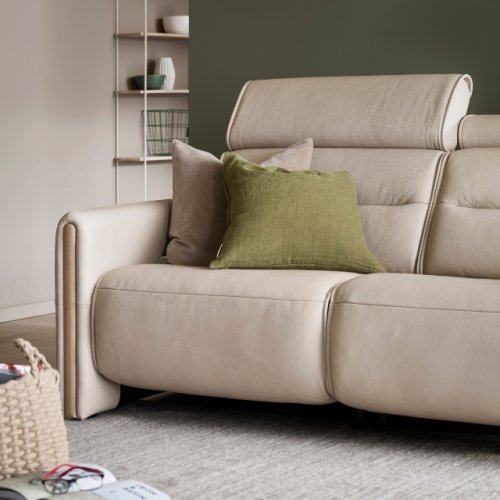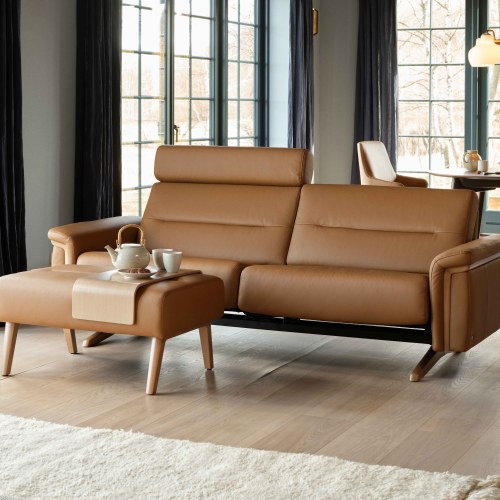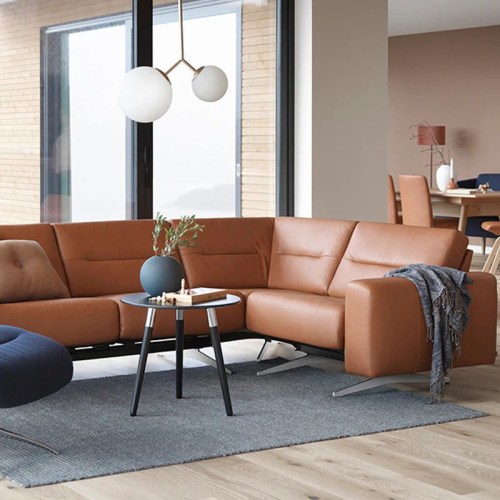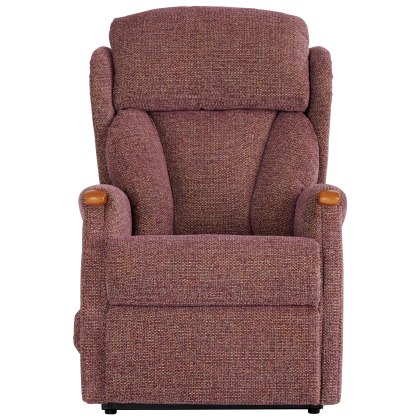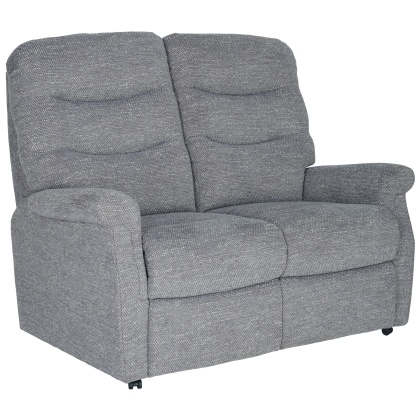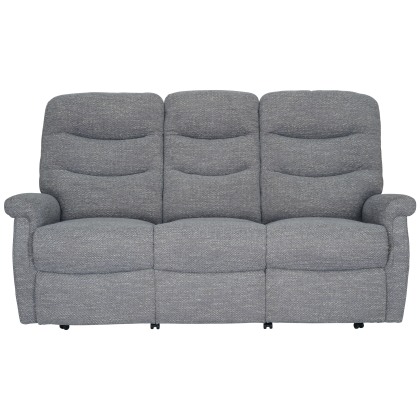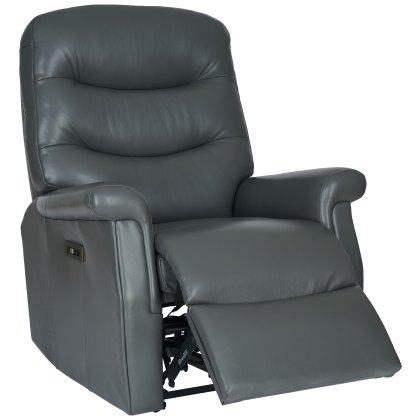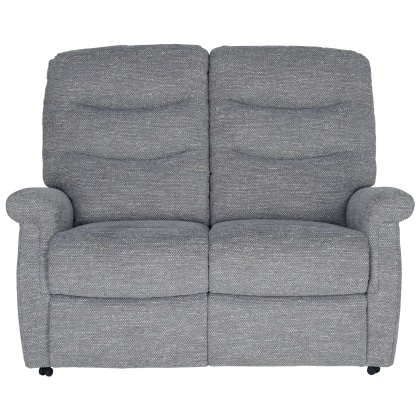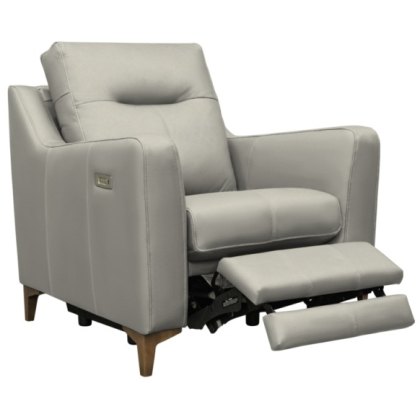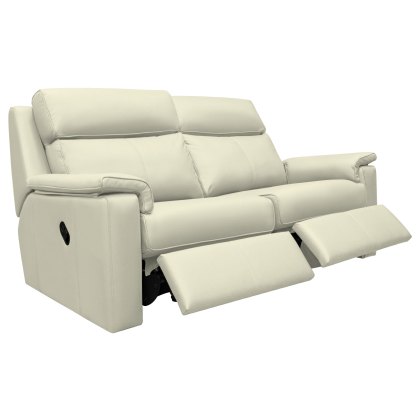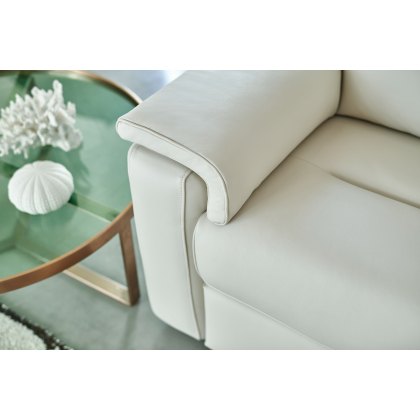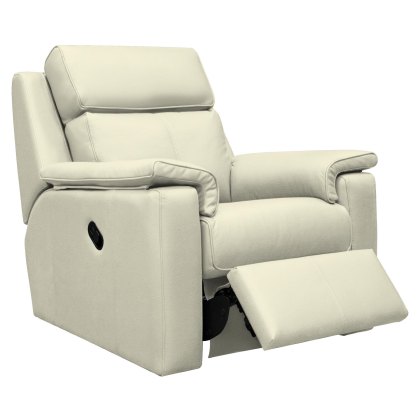Leather Sofas
Our carefully selected range of leather furniture offers something for every space and lifestyle, from compact 2-seater sofas perfect for cosy spaces to spacious 4-seater sofas that bring the whole family together. The natural beauty of genuine leather means each piece develops its own unique character over time, becoming softer and more comfortable with every use whilst maintaining its strength and appearance for decades. If you're looking to maximise your living space, our leather corner sofas provide generous seating without overwhelming smaller rooms, whilst our popular 3-seater sofas strike the perfect balance between comfort and practicality. For those who prefer a more intimate seating arrangement, our 2.5-seater sofas offer that extra bit of room without taking up too much floor space, and we also stock a range of matching leather armchairs to complete your living room set. Each sofa in our collection is built to last, using quality materials and traditional techniques that ensure your investment will serve you well for years to come.
